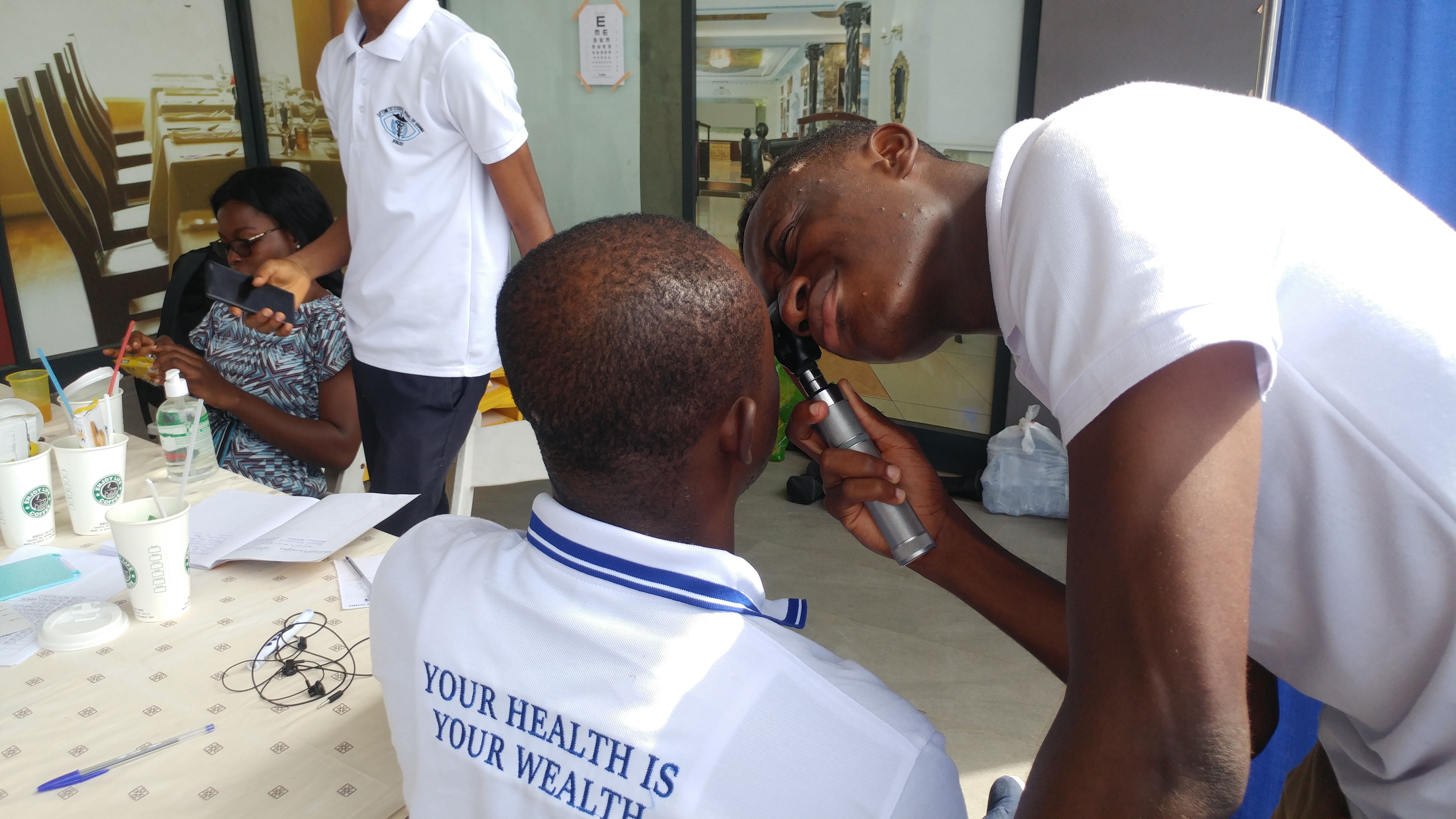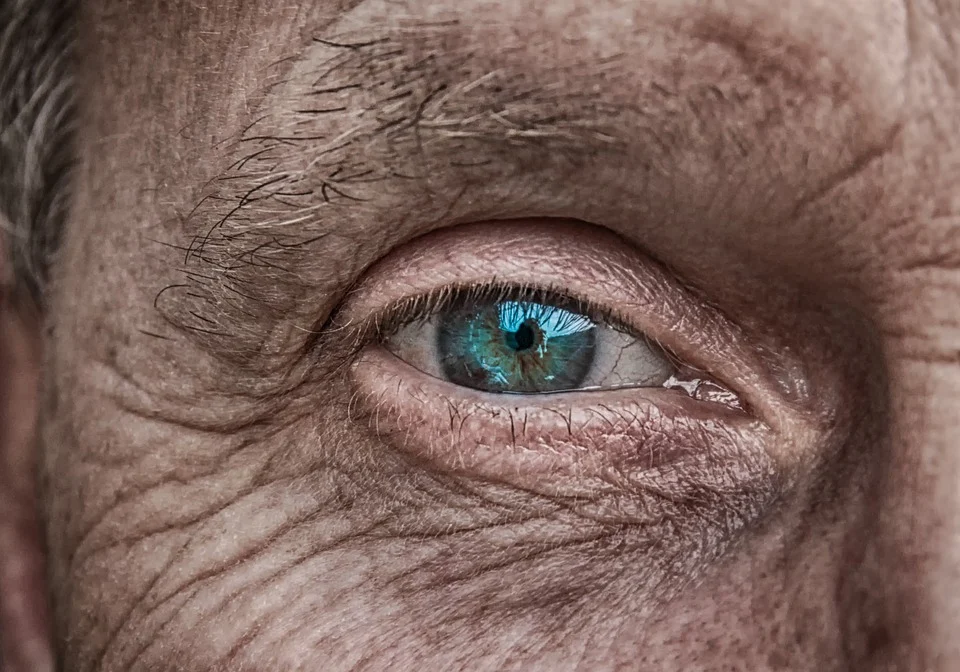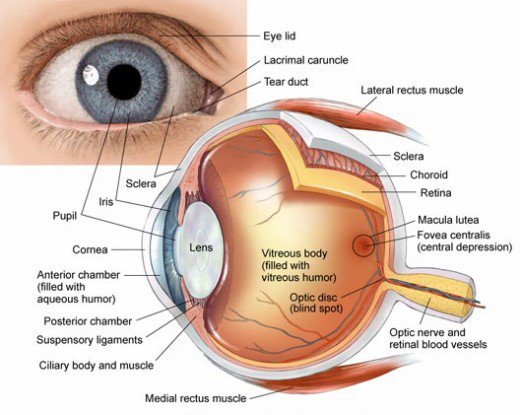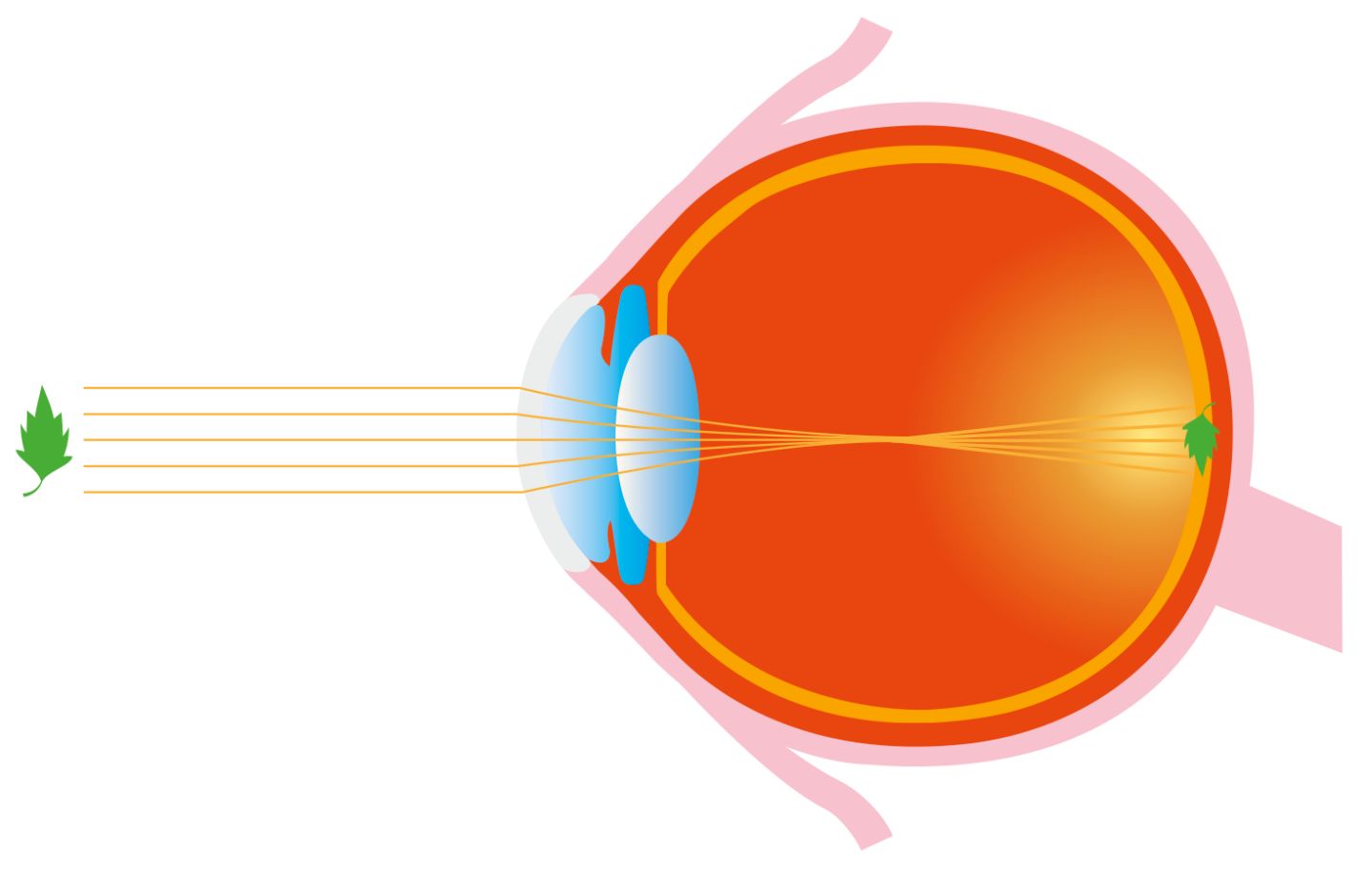Hello to all teachers and students here,
As a student optometrist am mostly about eye and general healthcare and so today i want to educate on the dynamics of vision.
Most of us know that we need our eyes to see and that is it, once i have eyes i can see and so sometimes lots of conditions creep up on people and cause them to loss their sight without catching it early because they hardly know anything about their ocular health and to add salt to injury they do not go for regular eye examinations too. Hopefully in the next couple of days or weeks as we continue to learn about the eye and lots of things will change as we all gain knowledge. So back to today's bussiness.
What is the Eye?
The eye is basically the organ that allows us to see, when we are looking at someone directly in the face, the while and blue thing in the socket, yes that is the eye. It is an organ because it is made up of lots of tissues that has different functions all of which coordinate to enable vision to be possible. So in the eye we have some muscles that regulate light intake, we have tissues that produce fluids, we have cells that even refract light or bend light to the right places for us to see. It is all of these combined that we call the eye.
Functions of the Eye
The eye is basically for seeing or in proper terms perceiving since one can look at something and still not perceive it. How does the eye do this. Eye takes in light of the object or person we are seeing and converts that photon energy into electrical impulses to be sent to the brain for interpretation in a process known us photo-transduction, thus making us see.
When we look at an object, the light first get to the part called cornea, which basically the first point of the refraction process, the cornea has a power of about 60 diopters (just as learn in our physics or physical classes, this power is very strong enough to bend light to a very short distance, approximate 22.22mm, you may use the formular power equals the reciprocal of the focal distance taking into account the refractive index of the cornea as the numerator value). From the cornea as the light continues to bend it enters into the space called the aqueous humor which also bends the light small due to the change in refractive index, light tends to move closer to the normal from a less dense to a more dense area, then it gets to the lens which is the second most important part of the light refraction process in vision. The lens fine tune the refraction and focus the light on the retina (or a part called the macula which is the part used when looking directly at an object). We say the lens fine tune it because it can adjust its power accordingly by increasing or decreasing its power to bring the light rays to the proper focus.
Photo-transduction
On the retina, the photo-transduction process occurs converting the light energy into electrical impulses to be sent via the optic nerve to the brain. The Retina has 10 layers and in of the layers known as the rods and cones layer that is where the process begins. So as to not to confuse my readers with lots of chemistry lets look at the abridged version. In every layer of the retina as the energy passes through different changes occur in relation to the neurotransmitter present. Just like in the process of excitation in cells the neurotransmitters react accordingly causing depolarization through the various layers. The neurotransmitters are what regulate the depolarization or hyperpolarization process causing the energy to be transmitted along the line and the common neurotransmitter present in the retina for this is glutamate. (We will dive more into the complexities later.)
Perception
From the Retina the impulses from all the various parts of the retina comes together at the optic nerve and then run through the optic chiasma through the LGN to the brain. In the brain impulses go to an area known as the primary visual cortex and then to the secondary visual cortex. Their continuous interaction with each other results in what we perceive thus been able to call a boy a boy or a spade a spade. This area of the brain is located at the back of the head or the occipital cortex, so hitting people at the back of the head should be a no no since you could end up damaging someone's vision.

Conclusion
So we end our lesson today on the general overview of vision, subsequently we will look at the phototranduction process into detail, the brain areas that contribute to one seeing, foods that are very good for vision and some eye condition that we should be vigilant against to save our sight. Until we meet again, have a wonderful time and don't forget to leave a comment if you have any. Thanks






great article now I see better.
!discovery 30
Thanks you @armandosodano for reading, glad you like it
Questo post è stato condiviso e votato all'interno del discord del team curatori di discovery-it Entra nella nostra community! hive-193212
This post was shared and voted inside the discord by the curators team of discovery-it. Join our community! hive-193212
Thanks